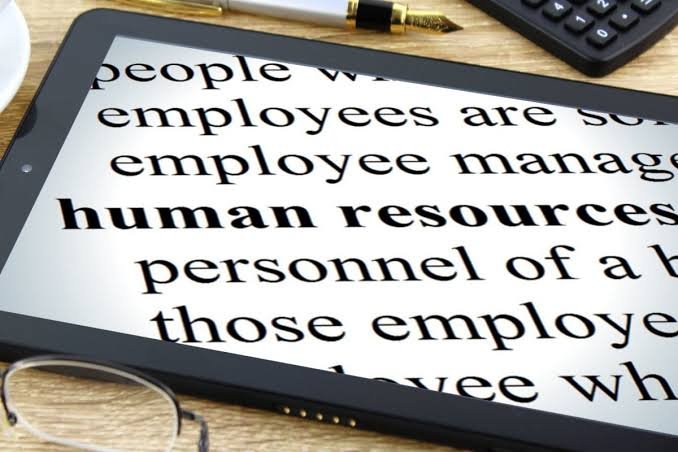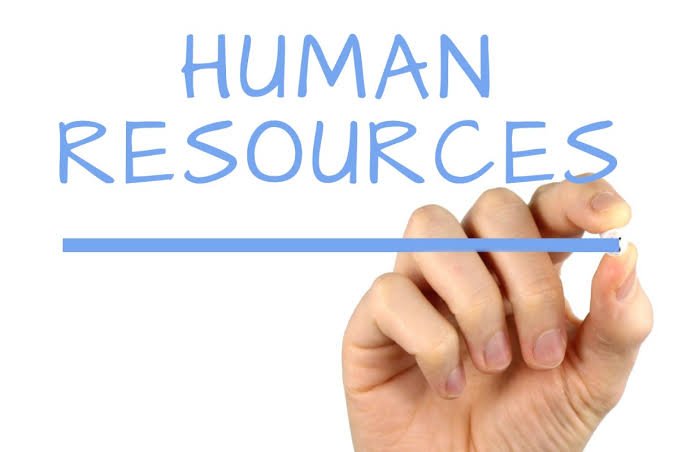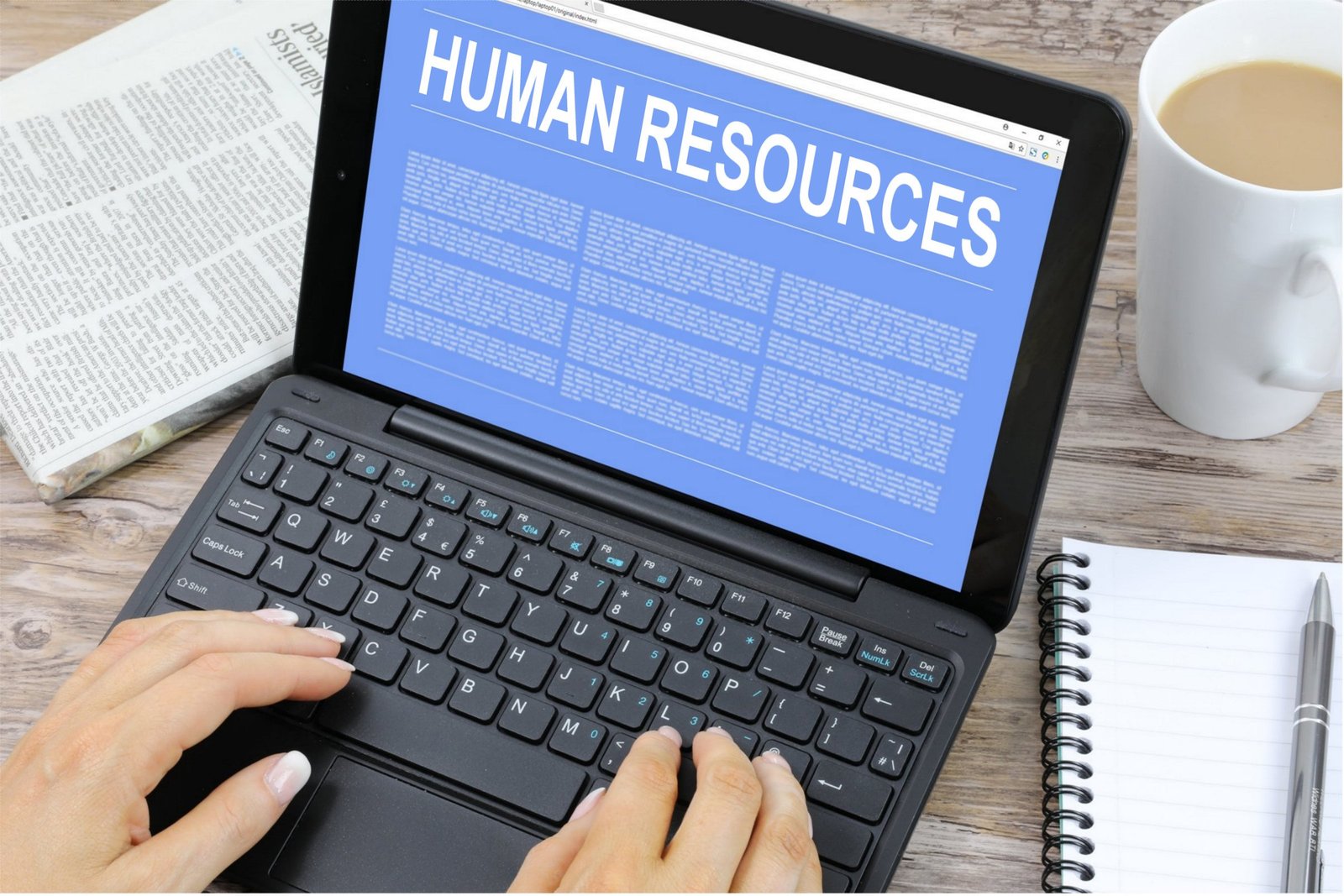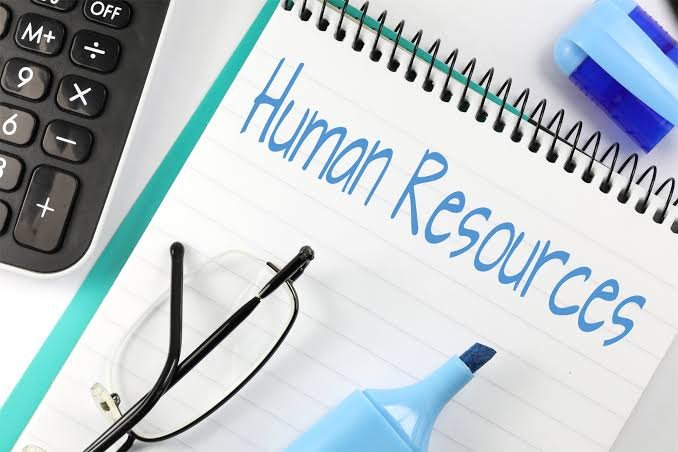Human resources managment in a changing environment internal factor


Internal Factors
The internal environment also exerts considerable pressure on human resource management. The internal environment comprises those factors that affect an organization’s human resources from inside the organization’s boundaries. The primary internal factors include the firm’s mission, company policies and corporate culture. These factors have a major impact in determining the interaction between human resource management and other departments within the organization.
Some of these are as follows:
1. Mission, Strategy and Task- The mission is the
very reason and justification for the existence of a firm. Mission is usually expressed in terms of the benefits the firm provides to its customers. An organization’s mission statement tells what it is, why it exists and the unique contribution it can make. For example, observe the mission statement of ONGC, “To stimulate, continue and accelerate efforts to develop and maximize the contribution of the energy sector to the economy of the country’
A strategy indicates the direction in which an or-
ganization moves. As a plan, a strategy takes the organization into the area of competition in environment and into alignment with the resources of the firm. For example, early success of Infosys was due to high alignment of its strategy, structure, people and management.
Task is a work that an employee is expected to do.
Several tasks constitute a job. When we describe task here,we keep the job in mind because an employee holds a job and through that he or she discharges tasks associated with it.
Task has implications on employee motivation and satisfaction. Several job characteristics such as skills required, task significance, autonomy and feedback of results have motivational effects. In fact, impact of job on employee motivation is so significant that Herzberg advocated the concept of job enrichment.
How do job factors affect HR decisions? They obviously affect hiring, since employees will be highly motivated In reality.match all the preferences. When jobs are difficult the HRnmanager needs to provide additional incentives (e.g., more pay) because few people prefer such jobs.
2. Policies- Policies offer guidance for thinking. Policies tell people what they mayor may not do.
They direct the manner in which activities are to be achieved. Most policies in large organizations relate to management of human resources only. Some of the important policies that influence the work of a HR manager are listed below:
To provide employees with a place of work that is as safe as possible.
To encourage all employees to achieve as much of their human potential as possible.
To provide compensation that will encourage a high level of performance in the form of increased quality and quantity of production.
3. Organizational Culture- Organizational culture,
is the product of all the organization’s feature: its people,objectives, size, technology, unions, policies, its successes and its failures. It is the sum total of shared values, beliefs and habits within an organization and in short, may be called the organization’s personality.
The challenge for HR professionals is to adjust
positively to the culture of the organization. They have to choose paths that best reflect the culture of the firm and the attitudes of its people. Understanding the type of culture that prevails within a firm is important in order to frame appropriate HR policies and strategies.
4. Job Design & Organizational Structure- In de-
signing organizations, we will, hopefully, soon give up uncritical acceptance of foreign concepts and fads like quality circles, TQM, etc. Instead of these, organizational structure & design will primarily be based on
1.task approach, i.e. understanding of the intricacies of technology, jobs and functions to be performed to achieve organizational tasks, and.
2.people approach, which takes’ cognizance of their strengths, aspirations and relationships at work.
Some other factors which shows the position of HRM in changing environment:
1. Change in Industrial Relations- The practice of IR has undergone sea change. The notion that workers must be disciplined at the manager’s will have to be buried, Development of workers may need simpler and appropriate inputs, but both the workers and managers must be managed and developed by the same set of assumptions and HRM philosophy of the company.
2. Building Organizational Capabilities. The para-
digm of managing managers would include not only assisting them to acquire new skills and knowledge and to evaluate environmental changes to evolve business strategies,but also to live in a psychological state of readiness to continually change.



